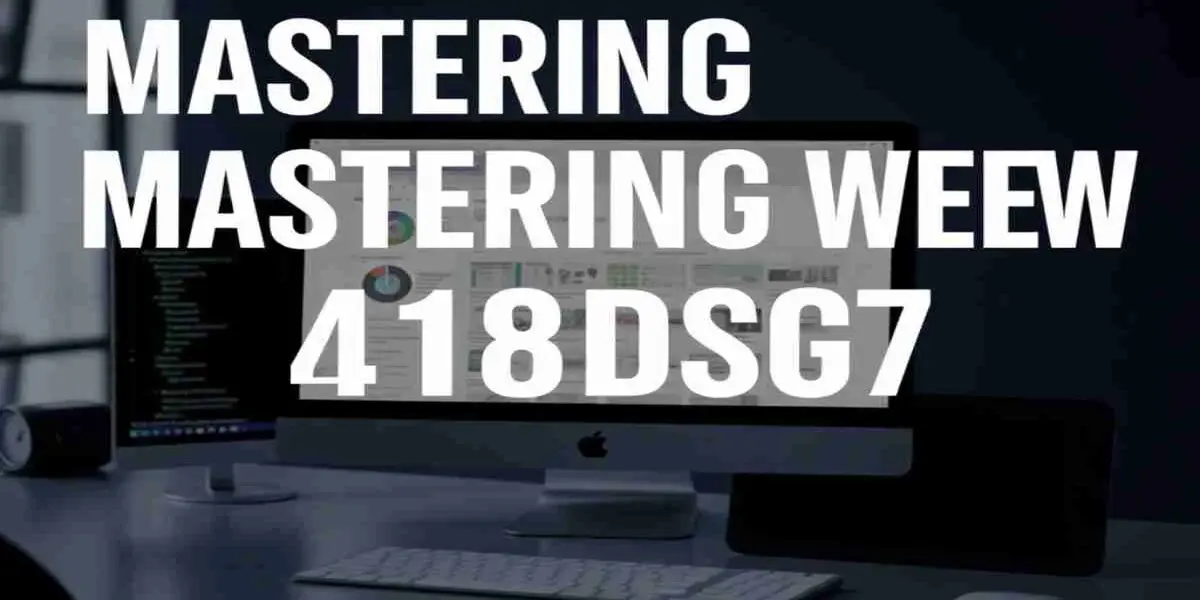The art of taking words and bending them around notes is perhaps the most creative way to showcase your talents and develop an audience with whom you connect further. Utilizing the elements of rhythm, harmony, and sound, you can take your ideas and give them a new meaning and delivery that go beyond written and spoken languages. Not only does this unique method add to your arsenal as an artist, it will also give life to story and world building in ways never thought possible. In this article, we will demonstrate how you can extract your writing skills and make them into music to showcase them better and create a lasting impression with the listeners.
Unlocking the Power of Text-to-Music Translation
Harnessing the Emotional Essence of Words
It is an advanced machine learning model that can transform text to music which can necessarily augment your ability to deliver constructive messages via sound. Turning words into music is an emotionally driven process that allows you to effectively utilize the script on a more granular level. One powerful way to do this is by using text to better represent your skills. This cutting-edge idea helps you to represent your skills better by speaking the universal language of music, which everybody understands regardless of words.
Read Also: Autocartrends.com!
Enhancing Communication Through Sonic Interpretation
Translating text into music frees up new spaces for expression and comprehension. This allows you to convey the nuance and complexity of written communication in a way that a character alone cannot. Ensure your text to better represent your skills includes industry-specific terms. In using devices like rhythm, harmony, and melody in your musical elements, you can translate more accurately your strengths to get across ideas and feelings that may be deep and complex, creating a more enjoyable experience for your audience as they listen.
Expanding Creative Horizons
Following the techniques of text-to-music translation will expand your creative toolbox tremendously. We came with this new challenge to you to not think the same as the normal way of communication. And by perfecting this art form, you can better showcase that you are a multi-skilled and forward-thinking creator able to connect and bridge the gap between written and auditory expression.
Techniques for Transforming Words into Melodies
Analyzing Textual Rhythm and Cadence
To translate text to music well, begin by looking closely at the natural rhythm and cadence of the words. Listen for patterns of syllables, stressed versus unstressed beats, and the overall flow of the text. By performing this analysis, you will be more easily able to make visible your musical-creative ways of honouring your abilities as a composer through the melodic building blocks you put in place to support the intrinsic music of the text.
Mapping Emotional Tone to Musical Elements
If you can do it, glean the emotion of the text, and try to represent it with musical elements. Use keys major and minor, tempo shifts and dynamic changes to express the feeling and emotion of the words. It is a craft that enables you to turn the written word into a vibrant musical tapestry that touches the listener’s heart.
Incorporating Literary Devices as Musical Motifs
Identify literary devices within the text, such as alliteration, metaphors, or repetition, and translate them into musical motifs. These haunts echo out throughout the composition, providing thematic anchors to keep the piece cohesive, mirroring the structure of the text and helping to unlock your potential to innovatively find a way to represent your skills through text-to-music translation.
Crafting Compelling Musical Compositions from Text
Understanding the Process
Melody is an impactful way to encode your abilities as well as to tell stories. You learn how to take words and turn the word of them into musical sounds which is an entire other experience. These algorithms can analyze the rhythm, tone, and emotions present in your text, and translate them into musical elements that create a harmony around your message.
Enhancing Your Creative Output
Text to music technology can help you expand your creative toolbox exponentially. This tool lets you discover unique avenues for artistic expression by merging two traditionally separate techniques: writing and music. You can get powerful emotional responses through making melodies out of your prose or poetry and they stay with your audience for a longer time than you might think. This approach provides a new lens into storytelling, an opportunity to share complex stories through the universal language of music.
Practical Applications
Adding text to music in your projects can enhance your profile in the workplace and exemplify your graceful, light-hearted intellect. It’s the same strategy you can employ when you’re writing your own content, whether it be for content creators, marketers, or educators, to help you feel distinct amongst the bombardment of content the digital world spews at you. Converting text to song can grab attention, boost retention, and create memorable experiences for your audience, ultimately better representing your skills and creative vision.
Conclusion
As you continue to translate text into music, keep in mind that honing this practice is a special skill that can take both your writing and your professional life to new heights. When you use melody, rhythm, and harmony to express what is written, you create new levels of expression and a new kind of engagement. Text-to-music translation enables you to touch audience members on a broader, sentimental level as a content creator, marketer, or artist. As you sharpen this craft, you will find new avenues to showcase your talent and become a unique pin drop in a noise that begs to drown you out. Seize this nexus of language and both to generate new possibilities and to stand out in your audiences.


